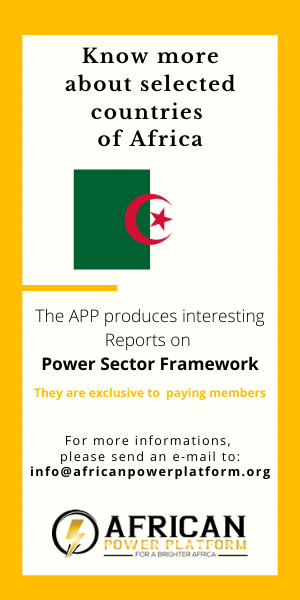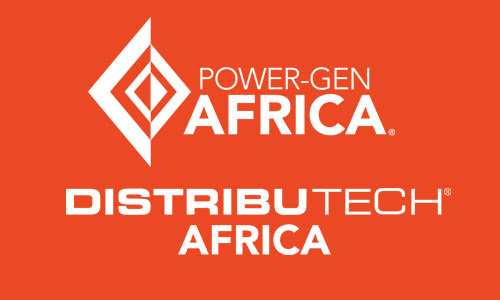Publication date: 2016
Author: World Bank
Description: Examination of the financial viability of power sectors in 39 countries in Sub-Saharan Africa shows that only two countries have a financially viable power sector, and only 19 cover operating expenditures. Quasi-fiscal deficits average 1.5 percent of gross domestic product. If operational inefficiencies can be eliminated, power sectors in 13 countries become financially viable. In the remaining two-thirds of the countries, tariffs will likely have to be increased even after attaining benchmark operational efficiency. Analysis of power tariffs in another 39 African countries shows that about half of them have small first blocks with low lifeline rates. Data from national household expenditure surveys in 22 African countries show that the subsistence level of grid electricity is affordable to the vast majority of the population in many countries with low rates of access. However, benefits of progressive tariffs are compromised by the widespread practice of multiple connections, prompted by high costs of grid connection. Examination of the sex of the head of household shows that female-headed households are not disadvantaged in electricity use once income and the place of residence (urban or rural) are taken into account. However, female-headed households tend to be poorer, making it all the more important to focus on helping the poor.






















